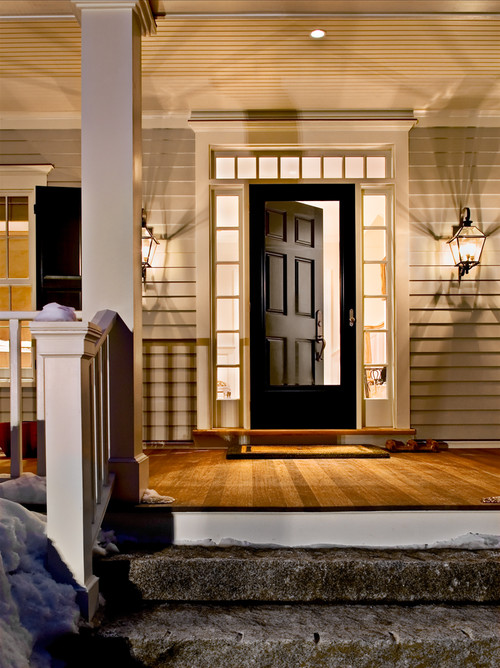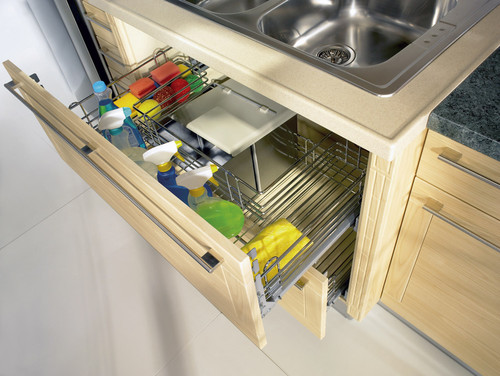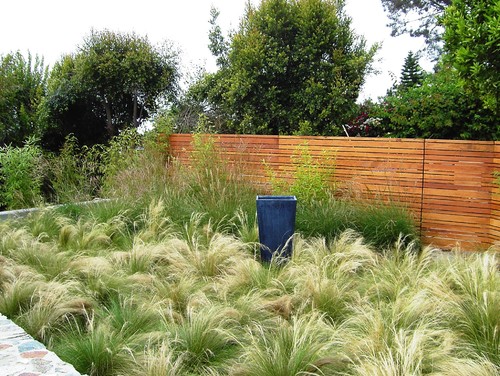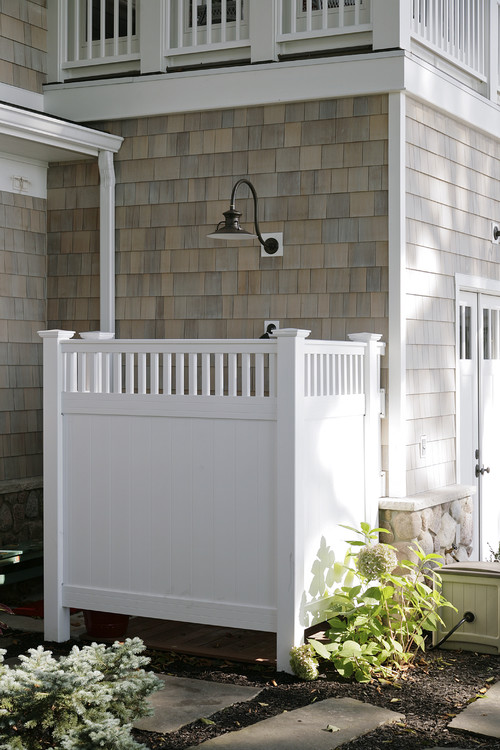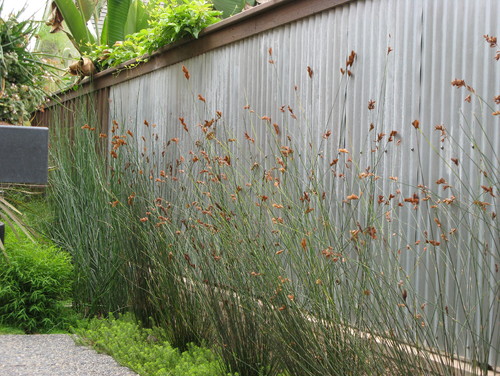Green Your Clean
5 Eco-Friendly Homemade Cleaning Products

There are many inexpensive, easy-to-use natural alternatives which can safely replace your commercial household cleaning products. Here is a list of common, environmentally safe products which can be used alone or in combination for a wealth of household cleaning duties. We've also included some recipes for some greener cleaners to get you started.
- Baking Soda - cleans, deodorizes, softens water, scours.
- Soap - unscented soap in liquid form, flakes, powders or bars is biodegradable and will clean just about anything. Avoid using soaps which contain petroleum distillates.
- Lemon - one of the strongest food-acids, effective against most household bacteria.
- Borax - (sodium borate) cleans, deodorizes, disinfects, softens water, cleans wallpaper, painted walls and floors.
- White Vinegar - cuts grease, removes mildew, odors, some stains and wax build-up.
- Washing Soda - or SAL Soda is sodium carbonate decahydrate, a mineral. Washing soda cuts grease, removes stains, softens water, cleans wall, tiles, sinks and tubs. Use with care, as washing soda can irritate mucous membranes. Do not use on aluminum.
- Isopropyl Alcohol - is an excellent disinfectant.
- Cornstarch - can be used to clean windows, polish furniture, shampoo carpets and rugs.
Laundry Soap
Ingredients
Borax
Baking Soda
Pure Soap or Castile Soap
Essential Oil
Directions
Grate your bar of soap to make a ½ cup. Combine soap with 4 cups of baking soda and 10 cups of borax in a large bowl, whisk together until thoroughly
combined. Add three tablespoons of essential oil and whisk again. Fill your jar
with your new laundry detergent.
Use 2 tbsp for each load of laundry. Washes approximately 80
loads of laundry.
All-Purpose Cleaner
Ingredients
Citrus Peels, Herbs or Essential Oils
5% White Vinegar
Water
Directions
If you are using citrus peels or herbs to make your cleaner
scented, lightly pack a glass jar with your selected ingredient and
fill remaining space with vinegar. Be sure not to fill it all the way to the
brim, you want a little head space, at least a half inch. Let your vinegar
mixture sit in a sunny spot for a week. After a week, strain your mixture and
pour into a spray bottle and add equal part water.
Alternatively, you can pour your vinegar into your spray
bottle, add a couple drops of essential oils and there you have it! Oils such
as Tea Tree, Lavender, Pine and Lemon are the most common and have additional
antibacterial properties.
Window Cleaner
Ingredients
Rubbing Alcohol
Vinegar
Corn Starch
Water
Directions
Combine 1/4 rubbing alcohol, 1/4 vinegar and 1 tbsp of corn starch with 2 cups of water in a spray bottle. Shake well before each use.
Shower Cleaner
Ingredients
Dish Soap
Vinegar
Directions
Mix equal parts dish soap and vinegar. Spray down the shower and let sit for 2 hours,
wipe down shower with a cloth and hot water.
Pet Odor Eliminator
Ingredients
Mouthwash
Water
Newspaper
Directions
In an empty spray bottle combine 2 parts water to 1 part mouth wash. Spray the mixture onto whatever upholstery is soiled. Lay newspaper over the sprayed area and let dry. The newspaper should absorb the smell completely. If not, repeat the process.






















